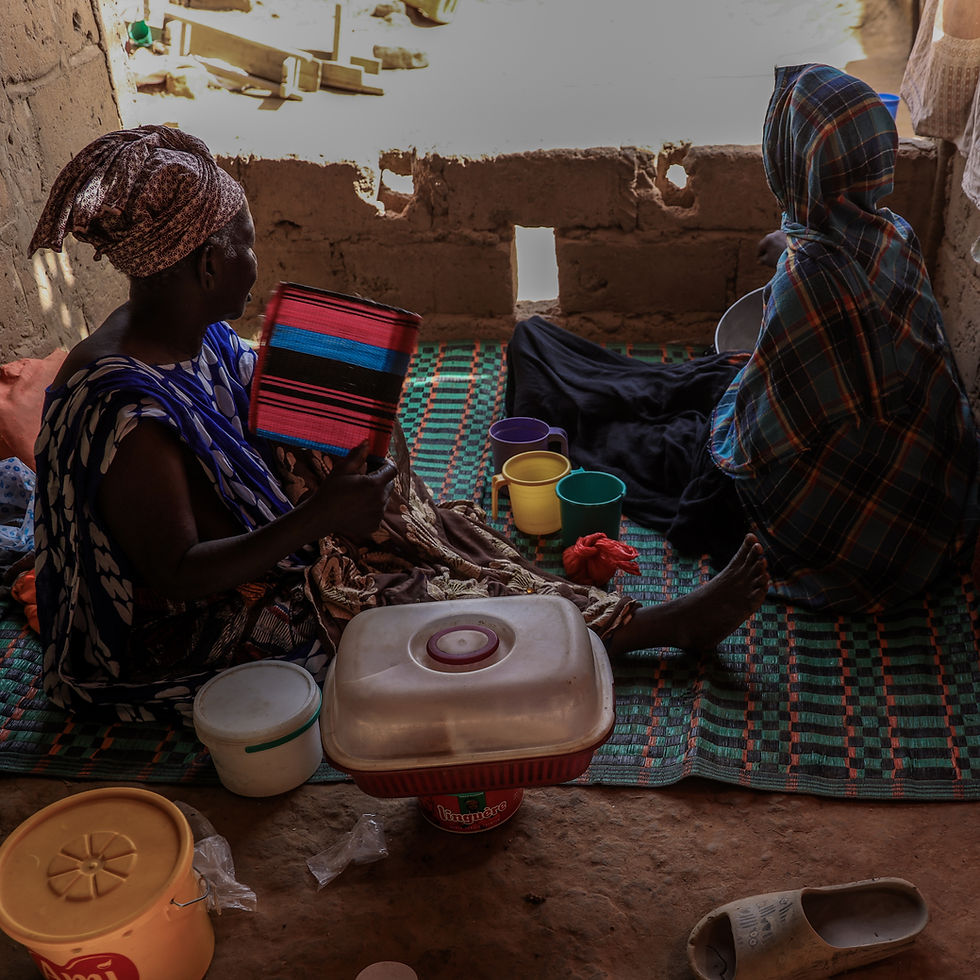Heatwaves in Matam threaten the most vulnerable: adaptation strategies remain limited

© IRD - Ina Makosi, MOPGA project
Sheltering from the heat, Senegal
With temperatures rising due to climate change, women take shelter in their homes and use fans to cool themselves down, Matam region, Senegal.
Presentation
The Matam region is known for its extreme weather events, with temperatures rising year on year and regularly exceeding 40°C. For many families living in precarious conditions, heatwaves disrupt an already fragile balance, leading to serious health, economic and social consequences. The adaptation strategies implemented by these households demonstrate strong resilience, but remain limited, costly and insufficient to protect their health and well-being.
Goal 1:
Document adaptation strategies
Document the coping strategies and experiential knowledge acquired by households to deal with heatwaves.
Goal 2:
Analyse the impact of the socio-economic gradient
Analyse the impact of socio-economic gradients, gender and territory (urban versus rural areas, proximity to or distance from the river) on these adaptation mechanisms.
Goal 3:
Take major constraints into account
Take into account the major constraints faced by communities in order to assess the effectiveness and limitations of these strategies in the face of climate constraints.
Goal 4:
Exploring sustainable solutions
Explore sustainable solutions that could be implemented to mitigate heat, involving institutional actors, researchers, environmental associations and local communities in the discussion.
In Matam, faced with the growing challenge of climate change, communities have no choice but to demonstrate resilience. In this context, this component of the SPRINT-Sen project has several objectives:

© IRD - Ina Makosi, MOPGA project
Women adapt their clothing style due to the heat, Senegal
With rising temperatures due to climate change, women are adapting their clothing and style by wearing lighter fabrics (such as the Mauritanian veil), Soubalo, Matam region, Senegal.
The populations and ecosystems least able to cope with climate change are the hardest hit, scientists say in the latest report from the Intergovernmental Panel on Climate Change (GIEC).
Press release, 28 February 2022, IPCC Sixth Assessment Report

Heat waves
In its early warning bulletin on heatwaves (22–29 April 2025), ANACIM produced a map classifying departments according to the severity of heat episodes. Areas classified as red, such as Matam, are associated with high health vulnerability, including risks of exhaustion, syncope, severe dehydration, and cramps. In addition to these conditions, households reported various other effects, including headaches, skin rashes, infant diarrhoea, insomnia, high blood pressure, loss of appetite and irritability.

Health impacts of heat waves by department (ANACIM, April 2025).
